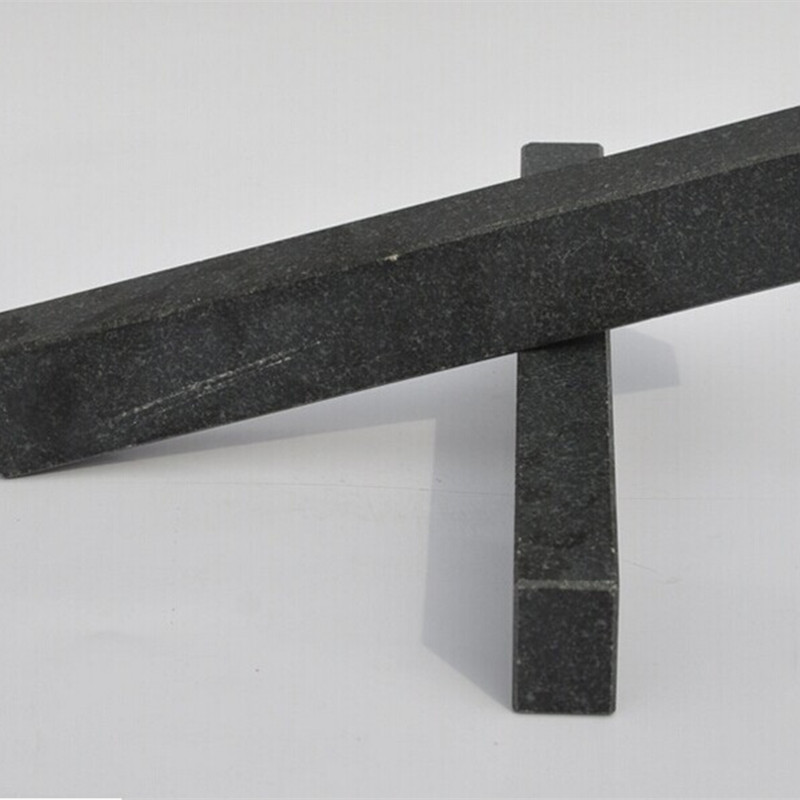szept . 28, 2024 03:48 Back to list
High-Precision Granite Surface Plates for Accurate Measurement and Inspection
The Importance of Granite Surface Plates in Precision Engineering
In the realm of precision engineering, where accuracy is paramount, one tool stands out for its reliability and functionality the granite surface plate. These sturdy and flat plates are essential for various applications, ranging from inspection and measurement to machining and assembly. The unique properties of granite make these surfaces indispensable for engineers and machinists alike.
Granite, a natural stone known for its durability and resistance to wear, provides a stable reference surface that can withstand the rigors of industrial environments. Unlike other materials, granite does not warp or deform under pressure, which is critical in maintaining precision in measurements. The superior flatness of granite surface plates is often measured in micro-inches, ensuring that even the slightest discrepancies can be detected. This level of precision is essential in fields such as aerospace, automotive, and electronics, where lives often depend on the accuracy of manufactured components.
One of the primary uses of granite surface plates is in the inspection process. Quality control departments utilize these plates to check the dimensional accuracy of parts and assemblies. When a part is placed on a granite surface plate, it becomes a stable reference point from which measurements can be taken using various tools such as calipers, micrometers, and other precise measuring instruments. The surface plate's inherent stability allows for consistent and repeatable measurements, ensuring that parts meet the required specifications before they are shipped out or assembled.
granite surface plate

In addition to inspection, granite surface plates also serve as an ideal work surface for machining and assembly operations. When setting up machines, parts can be aligned on a granite surface plate to ensure that they are positioned accurately before cutting or assembling. This process minimizes the chance of errors during machining and helps achieve tighter tolerances, which is increasingly vital in today’s competitive manufacturing landscape.
Moreover, the maintenance of granite surface plates is relatively straightforward. They can be cleaned easily with mild soap and water, and regular inspection for chips or scratches can help maintain their flatness. To further ensure their longevity, it’s recommended to store them in a clean environment and avoid exposing them to excessive heat or chemicals.
Technological advancements have also led to the development of granite surface plates that incorporate digital measuring capabilities. These modern plates can connect to computer software to record dimensions and monitor for deviations, thus streamlining the quality control process and reducing human error.
In conclusion, granite surface plates are fundamental tools in precision engineering, offering unmatched stability, durability, and accuracy. Their applications in inspection, machining, and assembly play a crucial role in maintaining the quality and reliability of manufactured products. As industries continue to evolve and demand higher precision, granite surface plates will undoubtedly remain a staple in ensuring that engineering standards are met and exceeded. As such, investing in quality granite surface plates is an investment in the future of any precision-focused enterprise.
-
Why Metric Trapezoidal Thread is Ideal for Precision Motion ControlNewsAug.05,2025
-
The Unique Properties of a Block of Granite for Industrial UseNewsAug.05,2025
-
The Role of Flanged Y Strainers in Preventing Pipeline ClogsNewsAug.05,2025
-
The Importance of Regular Calibration for Master Ring GagesNewsAug.05,2025
-
How a Cast Iron Surface Table Enhances Accuracy in ManufacturingNewsAug.05,2025
-
Comparing Different Check Valve Types for Optimal Flow ControlNewsAug.05,2025
Related PRODUCTS









